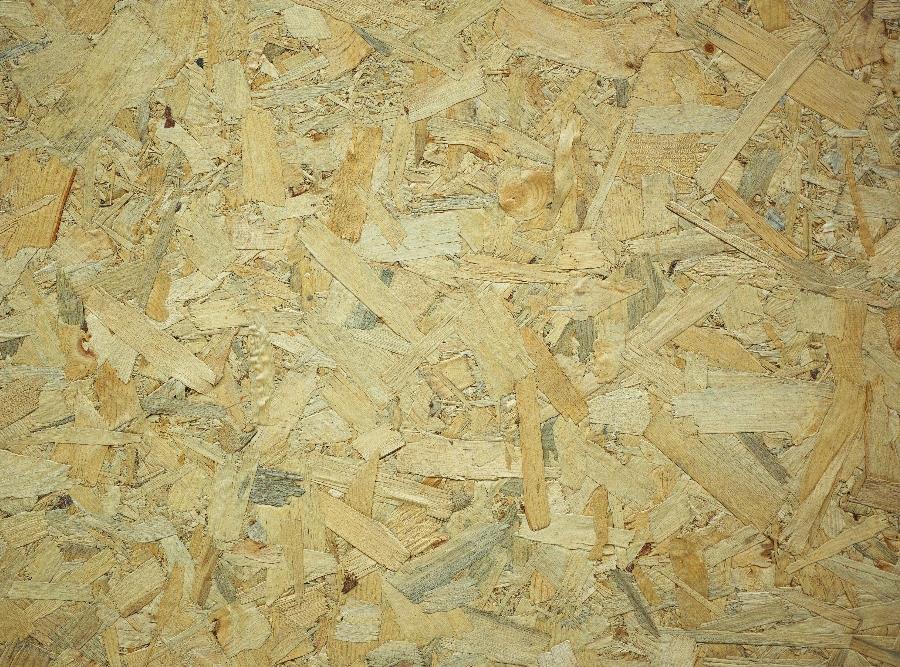Arguably the most disputed raw material as per its advantages and disadvantages is particle board. There are many large brands of furniture manufacturers who promote it listing down so many different advantages that it becomes difficult to understand what to do. So what exactly is particle board?
Particle board, also called commercial board is made of sawn particles and fibers of wood which are pressed together in a fashion very similar to MDF using adhesives. These are much thicker and unprocessed material compared to MDF and hence you get a much rougher surface. In addition, the adhesive does not form a bond as strong as it does in MDF or HDF.
We have compared the various engineered woods in a separate article.
Particle Board is Engineered Wood
In fact, if a brand is trying to sell you something and calling it “engineered wood” and not by a more specific name, you can safely assume that they are selling you particle board. It is just a resort to a safer name so as to not make people aware. Its not incorrect to call particle board as engineered wood but it is incorrect to not mention the specific type of engineered wood being used. After all even plywood and HDF are engineered woods.
Particle Board is Cheap
Its basically the cheapest thing available. This is because of the low cost of raw material. Wooden wastage, old furniture that has been thrown away or basically any wooden material is passed through a wood chipper which makes small chips. These are then mixed with adhesive and pressed together to form boards of particle or particle board. Because of its raw material, its also the “greenest” of the lot.
Advantages of Particle Board
The biggest advantage of particle board is its price. For this reason, it’s the best material for making low priced furniture. Office cubicles, office partitions and extremely low cost cabinets are made in particle board. It also comes in pre-laminated form where very thin sheets of laminate are stuck in commercial settings to make the board look good as well. Its then called PLPB or pre-laminated particle board. For this reason, most of the large furniture manufacturers make furniture almost exclusively from particle board.
Disadvantages of Particle Board
It is definitely unsuitable for any places where screws or nails are being used. This is because the chips used to make the board will give way making the whole structure weak and shaky. It will be ok as long as it is not moved and stays in one place. If doors are made or beds are made, then they need additional supports without which they will not stay stable for a longer period of time. For this reason, particle board is definitely not recommended for homes.
Particle board is a material which was developed for extremely low cost, quick turnaround furniture like office cubicles which did not need a lot as far as aesthetics was concerned. As competition in the interiors market grew, companies started using it for reducing costs and looking more competitive. While we do not recommend particle board for homes, we do feel it is a great product for offices. In addition, if the budget is very low, particle board can be used as a stop gap arrangement to last for 3-4 years post which it will need to be replaced.
Some of the companies that we have compared in the extremely low budget segment do use particle board as an option. Please check them out for your requirements.
- Interior Design
- Interior Contractors

